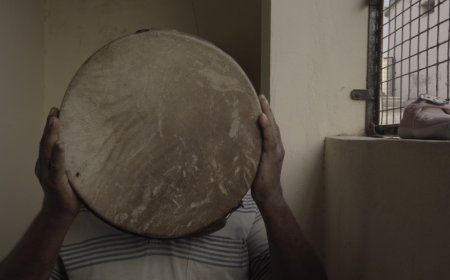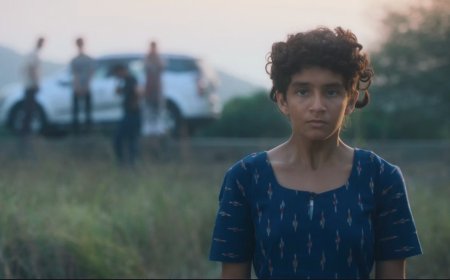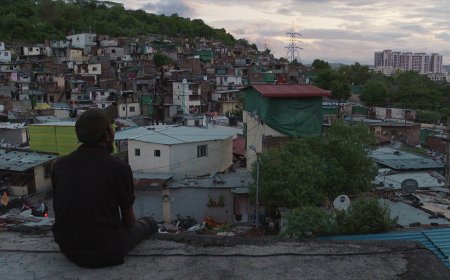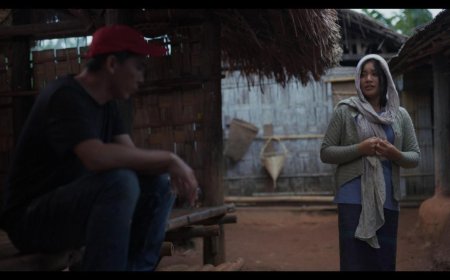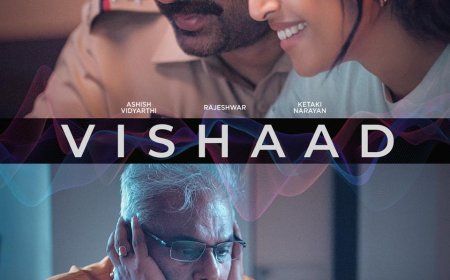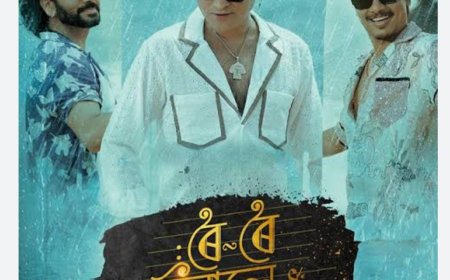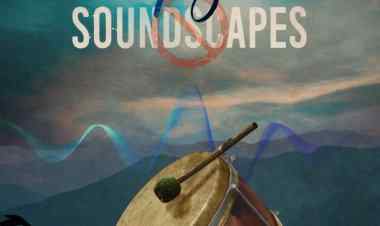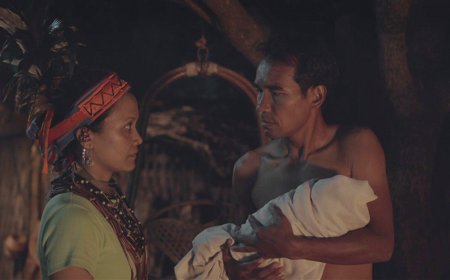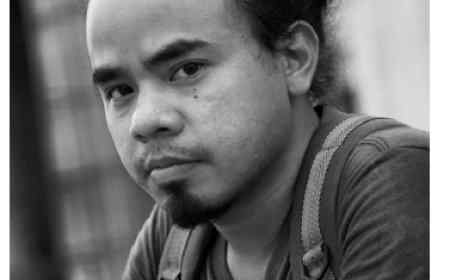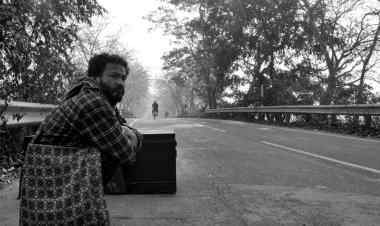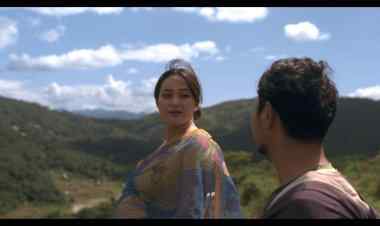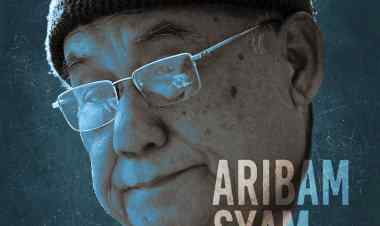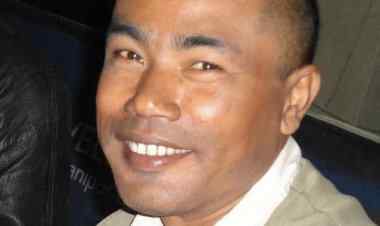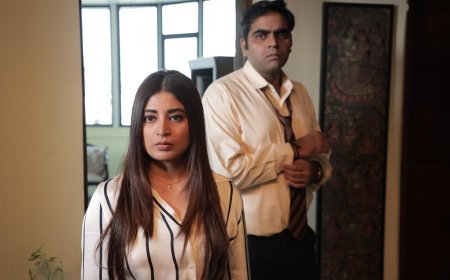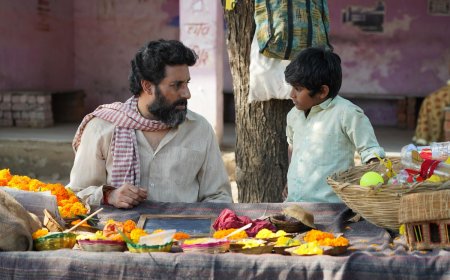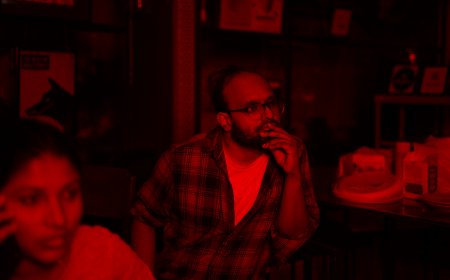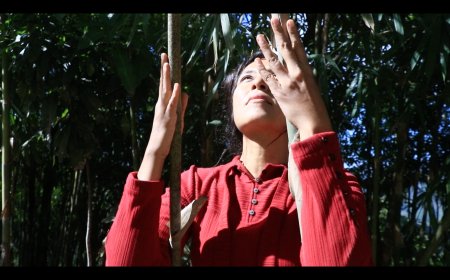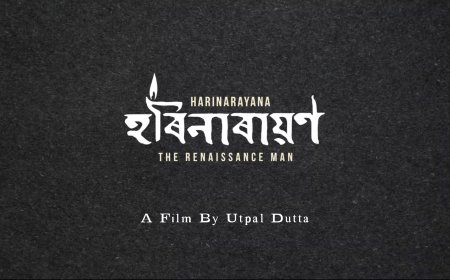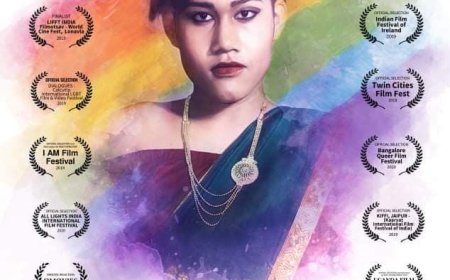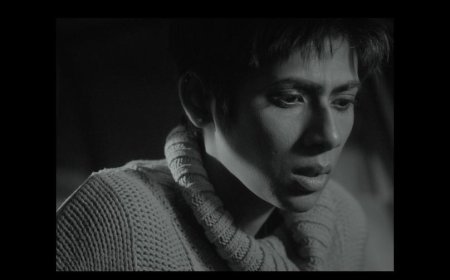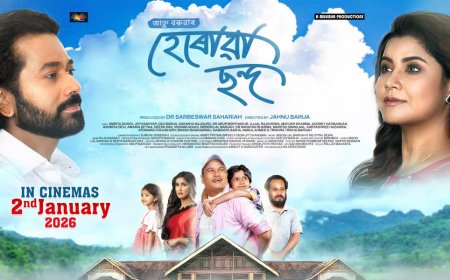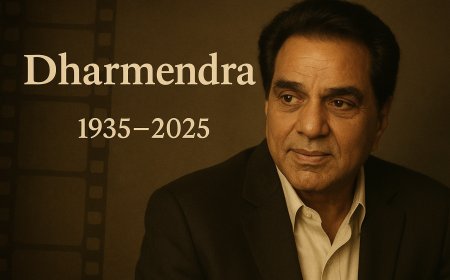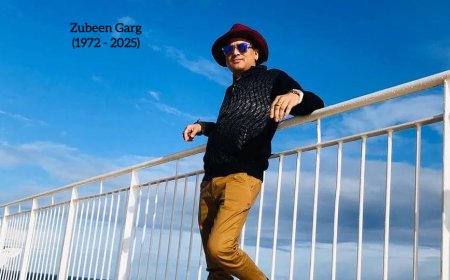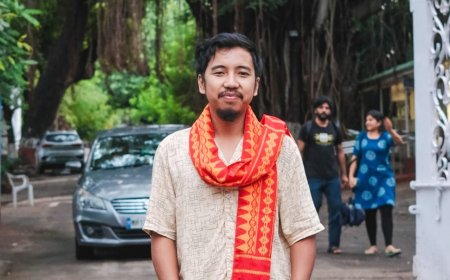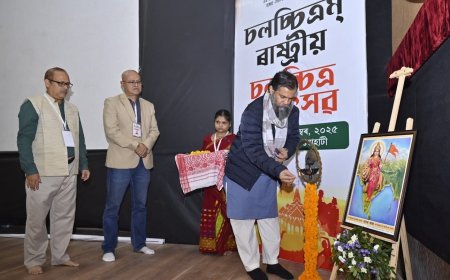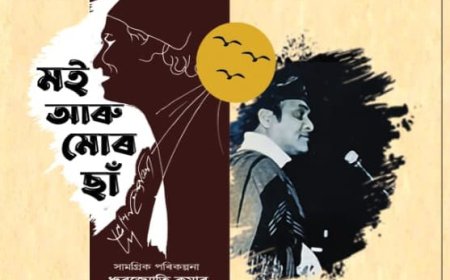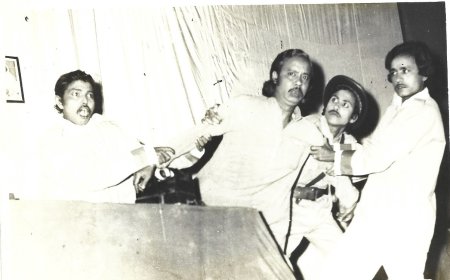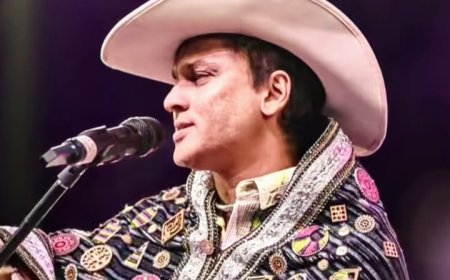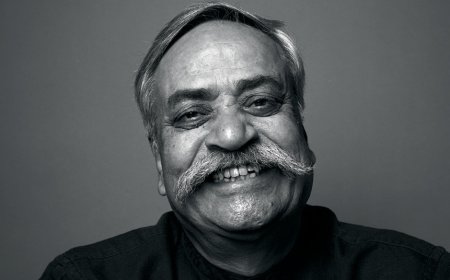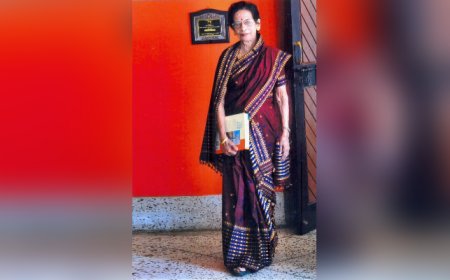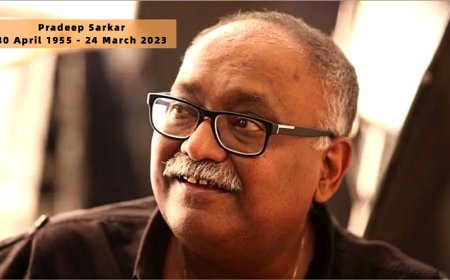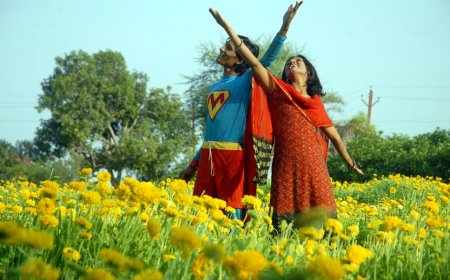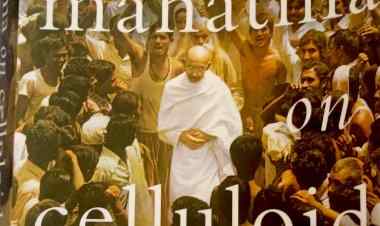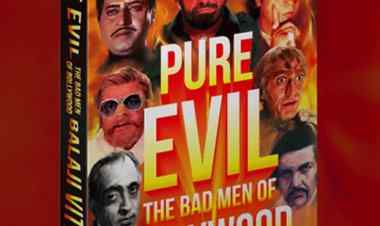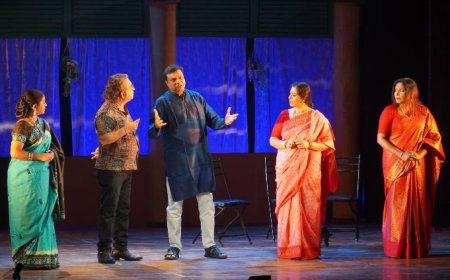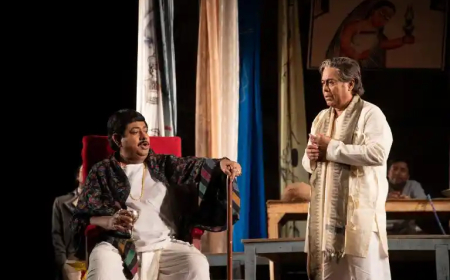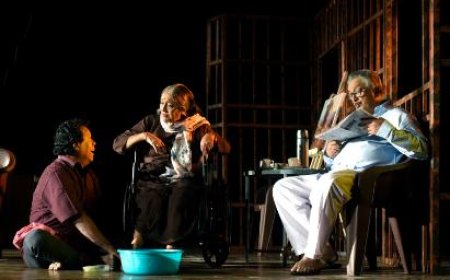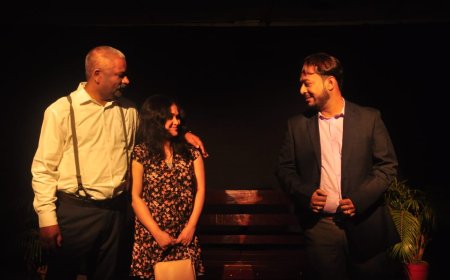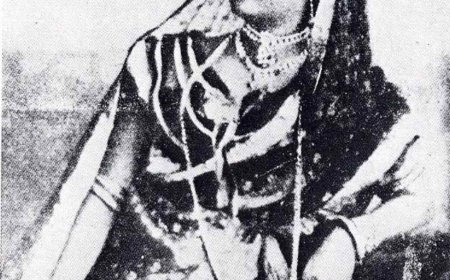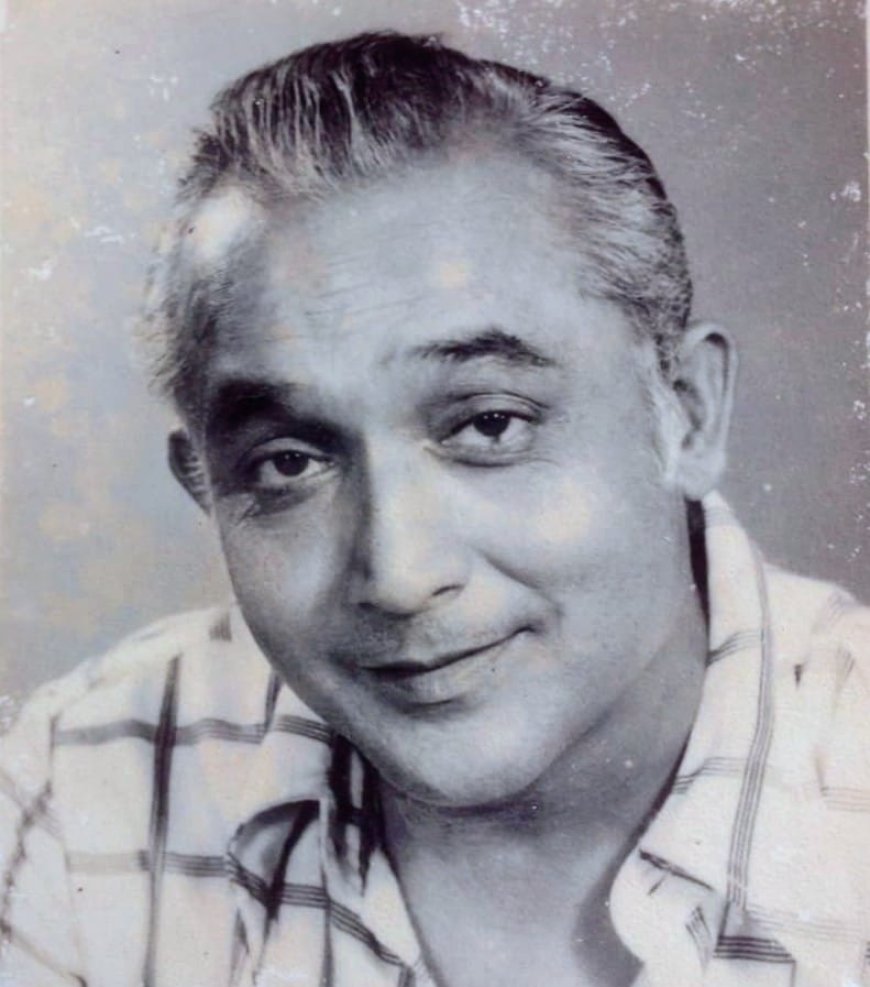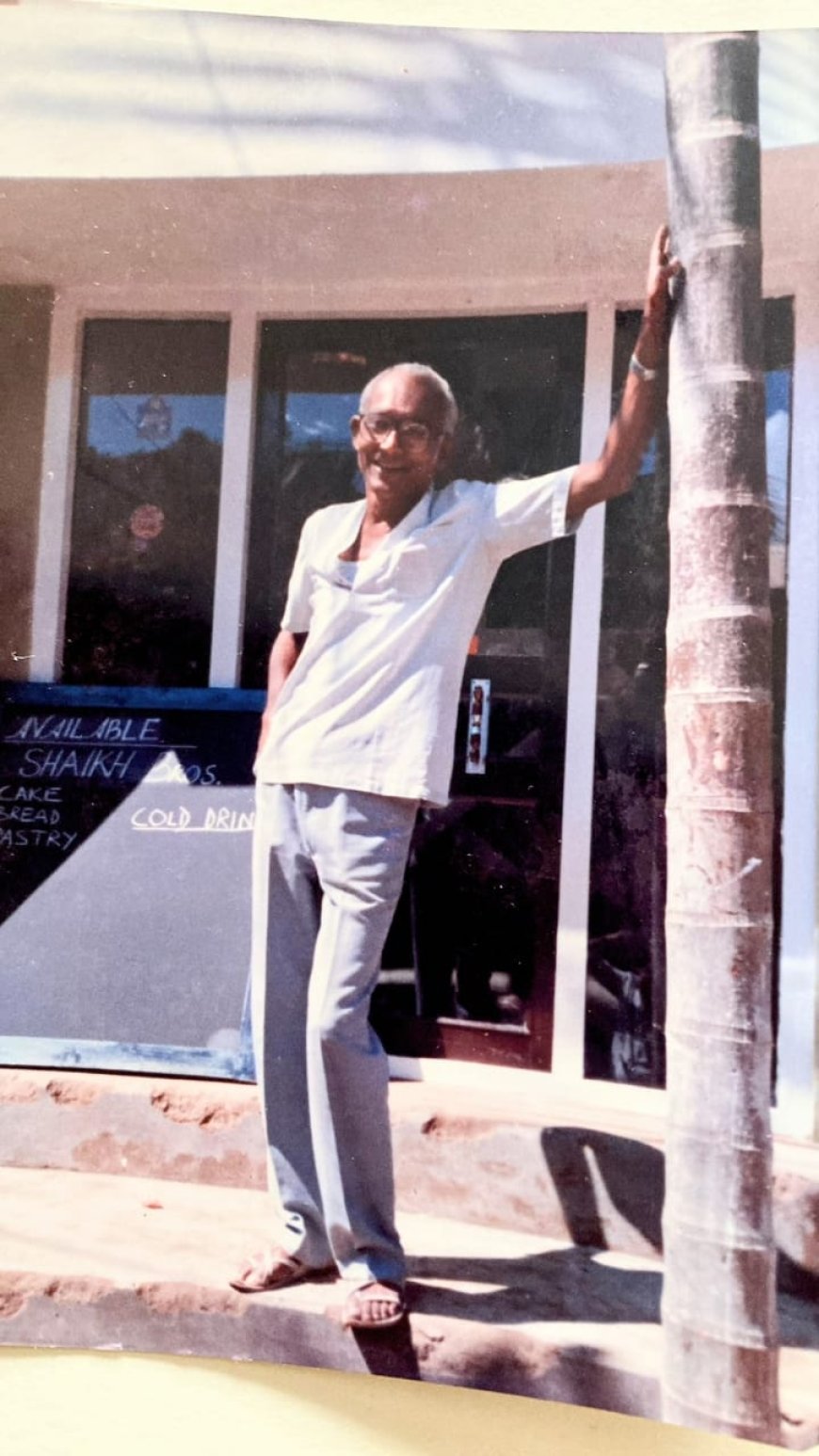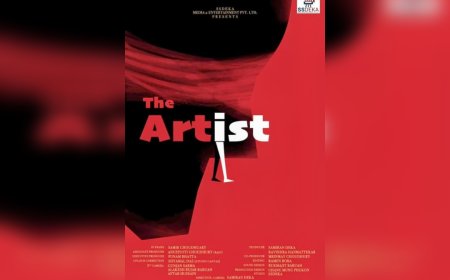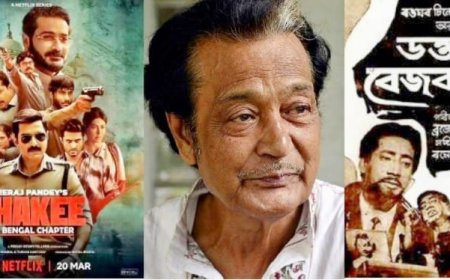Nip Barua’s remarkable legacy lives on
Film critic, Prantik Deka reflects on the Enduring Legacy of Nip Barua.
Nip Barua’s legacy as a highly accomplished film director is etched in the hearts of the people of Assam forever. He devoted his entire cinematic vision to empowering the Assamese film industry, after having directed a number of commercially successful films and working in production. They say that filmmaking is the ultimate dream for dreamers, and that anyone who takes the plunge into the perilous world of cinema must have a touch of madness in their heart. Nip Barua commenced his cinematic journey without any formal training, driven by a deep curiosity about a wide range of topics. He emerged as a crucial player in laying the groundwork for the Assamese film industry. His deep grasp of audience psychology demonstrated the untapped potential for growth in the industry, showing that aligning cinematic creations with audience preferences is key to unlocking success in Assam. A considerable number of filmmakers and directors undertake film production primarily with the intention of securing awards and accolades; however, upon the theatrical release of these films, the general audience rarely demonstrates a willingness to invest financially in viewing them. Keeping in mind the audience’s preferences, Nip Barua crafted Assamese films with captivating storylines, exceptional performances, and memorable music.
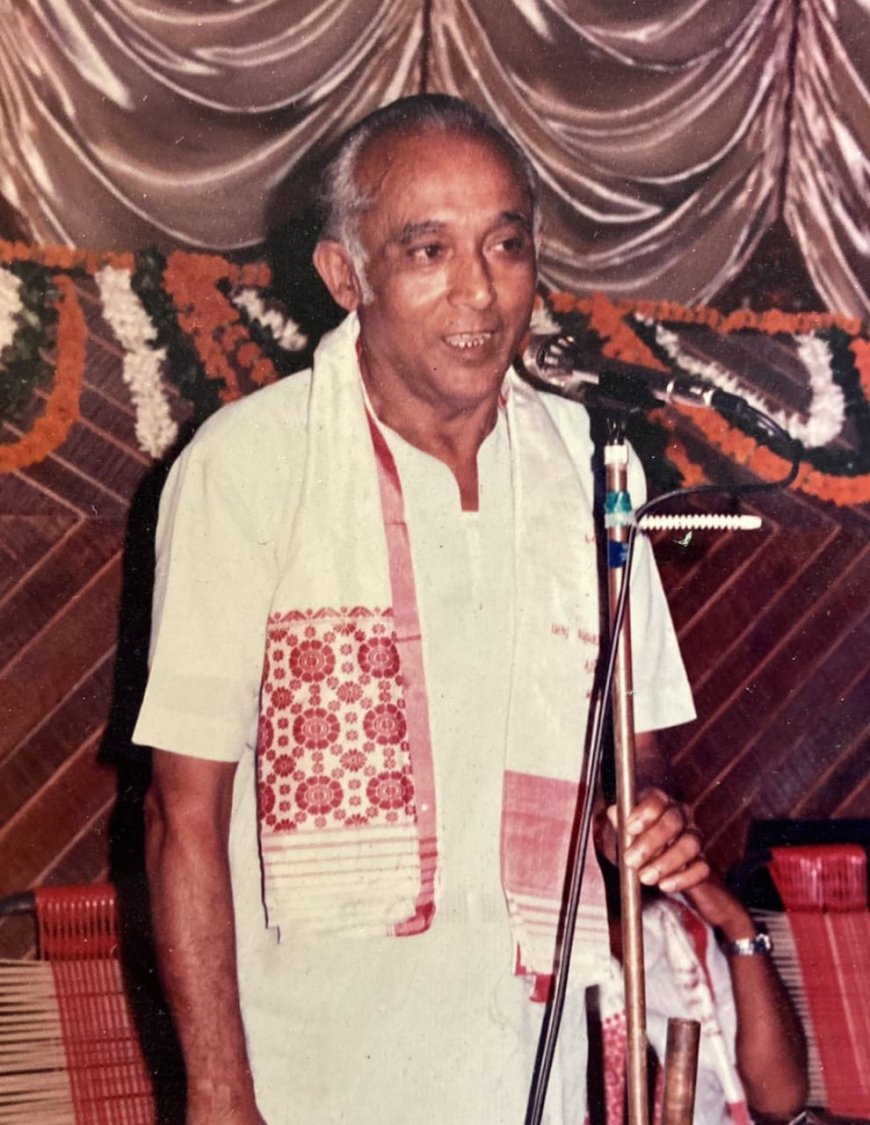
Prior to embarking on a highly successful and influential career in cinema, Nip Barua immersed himself in a variety of activities that allowed him to fully express himself, driven by his passion for creativity and his desire to excel in different fields. One of Barua’s many skills was handcrafting idols for the yearly Saraswati Puja, which was previously conducted on the southeastern expanse of the Latasil grounds. He garnered recognition for his adeptness as a football player, having played as a centre forward for the Maharana Athletic Club and captaining the Assam football team in the Santosh Trophy. He was responsible for the stage design of nearly all theatrical productions at the Kumar Bhaskar Natya Mandir in Uzan Bazar during the 1950s. Moreover, he was a proficient flutist, participating in a myriad of musical performances. He was also a prominent cartoonist, noted for his unique style while working at The Assam Tribune newspaper. Furthermore, Nip Barua explored a range of artistic pursuits, such as painting, playwriting, acting, and directing, showcasing his extensive engagement across diverse creative fields.
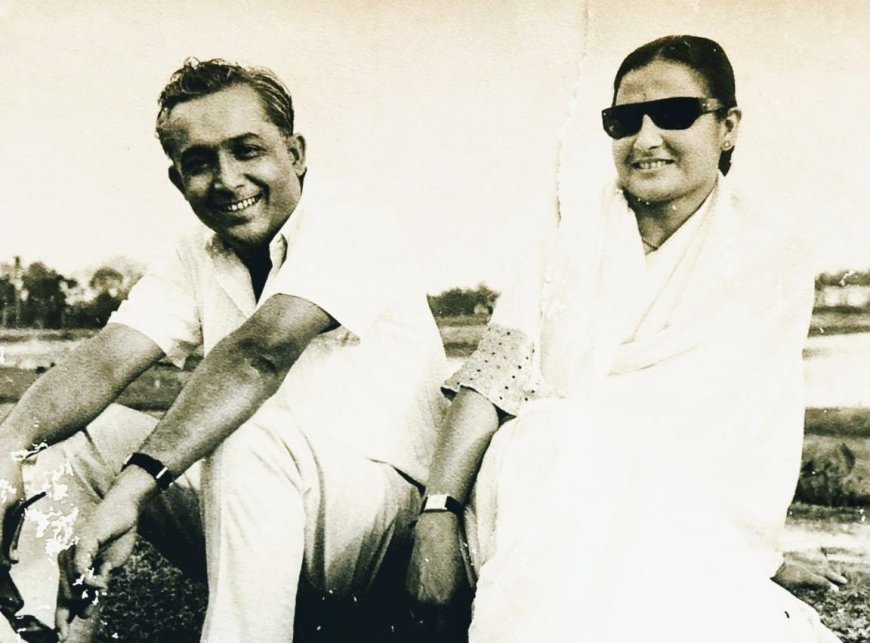
It was only expected that a vibrant, industrious, and perpetually active individual like him, who is always involved in various artistic endeavours fueled by a deep passion for exploration and creativity, would venture into filmmaking and uncover a realm for his restless musings.
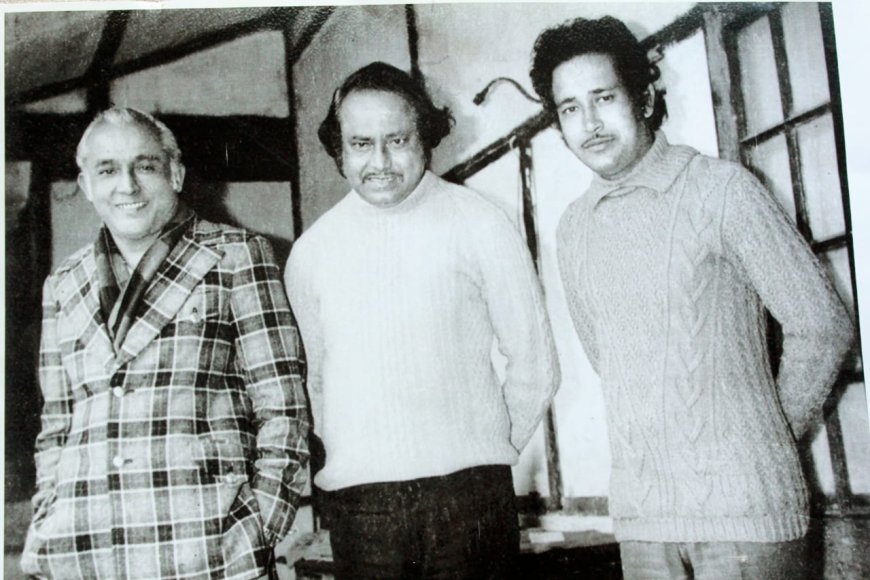
As a playwright establishing his reputation, Nip Barua’s play ‘Smritir Parash’ was successfully staged multiple times at Guwahati’s Kumar Bhaskar Natya Mandir and other venues. Consequently, in 1955, Barua decided to adapt it into a film for his directorial debut. Gauri Himmatsingka, the president of Maharana Athletic Club, was so impressed with Nip Barua’s football skills that he offered to produce Barua’s debut film.
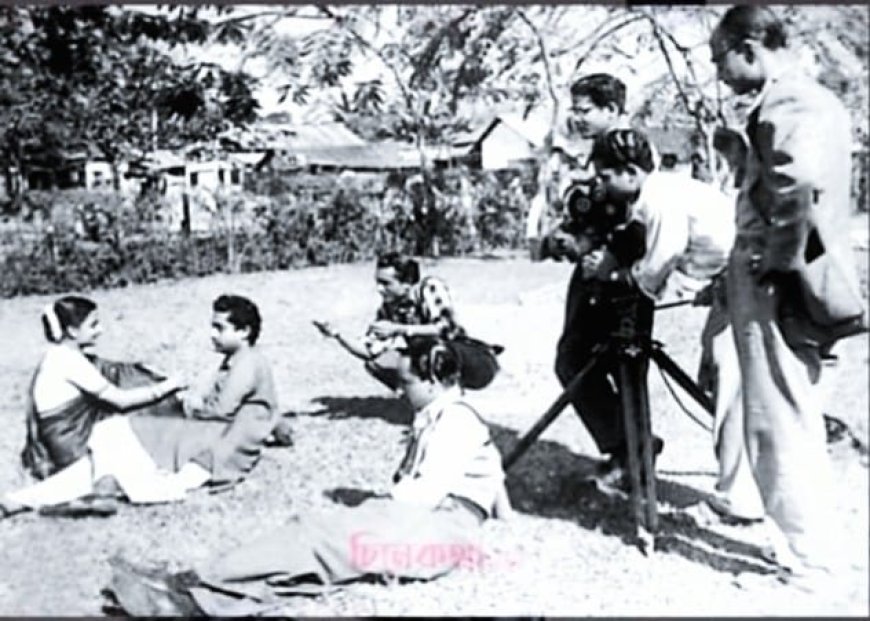
Brajen Barua and Nibha Barua are ready for the shooting of a scene from the film 'Smritir Parash', with Nip Barua (sitting on the ground) and Nalin Dowerah handling the camera
Nip Barua’s elder brother, Brajen Barua, who had performed in the original play and garnered praise from the audience, was selected to portray the main character and was also assigned the responsibility of music direction. This also marked Brajen Barua’s first foray into feature films. Interestingly, despite his own proficiency as a singer, Brajen Barua selected his younger brother, Ramen Barua, who has unfortunately been untraceable for some time now, to provide the playback singing for the character he portrayed in the film. Dibon Barua, another sibling, contributed the lyrics to a song that Brajen Barua performed in the movie. The film ‘Smritir Parash’ signified the Barua family’s notable entry from Uzan Bazar into the artistic realm, as they pursued their individual trajectories, marked by active participation in various capacities within the Assamese cinematic landscape, contributing their talents, knowledge, and expertise over an extensive period.
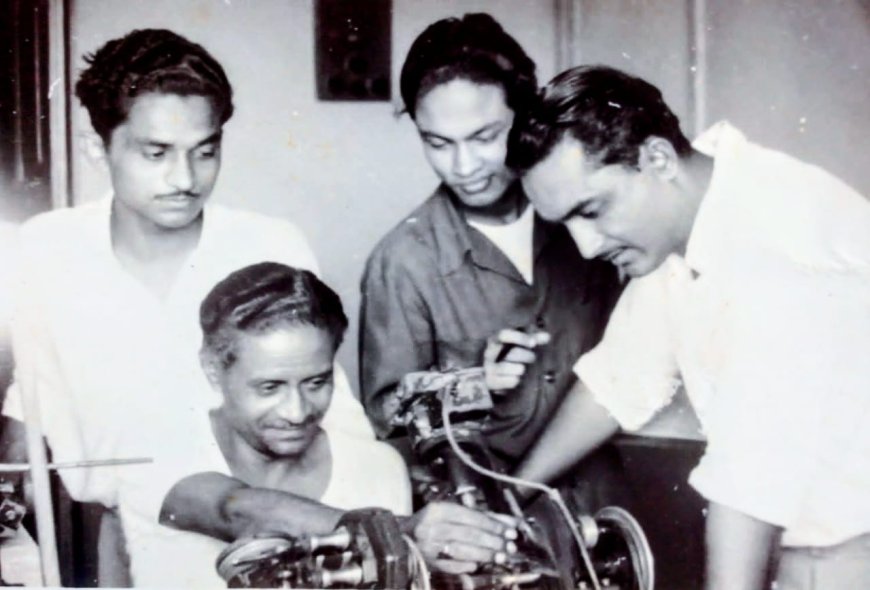
There was no doubt that the quantity of Assamese films made in the 1950s, however restricted, constituted a noteworthy era for Assamese cinema. However, the notion of a functioning film industry in Assam was virtually inconceivable when Nip Barua embarked on his cinematic journey in the mid-50s. During that period, Assam lacked filmmaking tools; every assignment necessitated a trip to Kolkata, a bustling metropolis far apart from the fledgling cinematic dreams brewing in the Brahmaputra valley. There was a serious shortage of people with technical skills, with only a handful of skilled actors and actresses who were familiar with the medium. Recouping the significant financial investments associated with this expensive art form proved to be a daunting and intricate task, particularly given the notably low commercial success of Assamese films during that period. In the midst of such a difficult time, Nip Barua, with a degree of mental fortitude, dared to pursue a career in the risky realm of filmmaking.
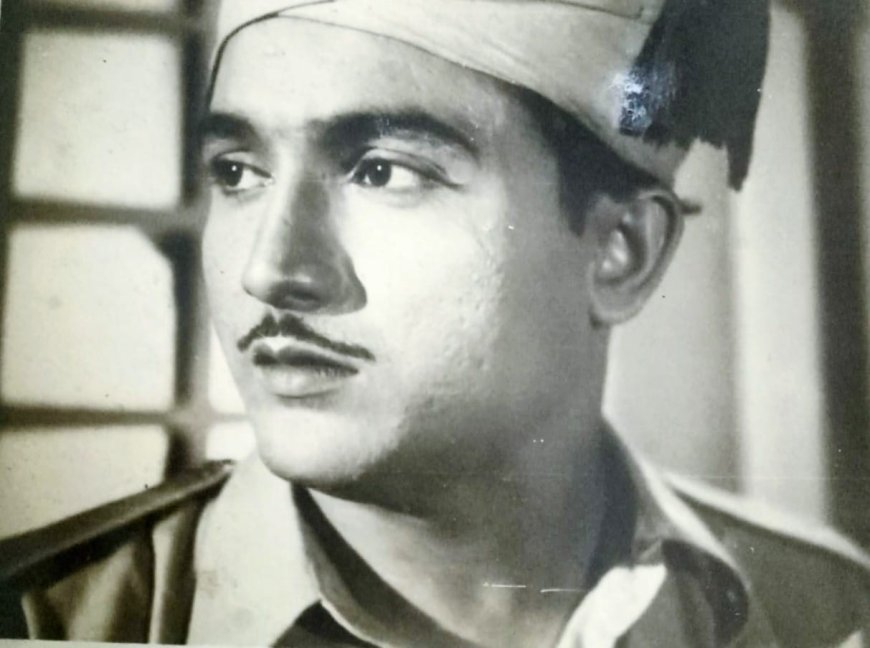
The fourteenth Assamese film, ‘Smritir Parash’ premiered in theatres on April 6, 1956. Songs such as “Aai amar kopalote ronga sendurore tilak aanki diya”, “Ojan bethar lagi sihoron”, and “Tuntun konmaan aaha” quickly gained popularity. Nip Barua, who not only penned the story and screenplay but also played a prominent role in the film, meticulously shaped the narrative by closely examining the audience’s preferences and emotional connections.
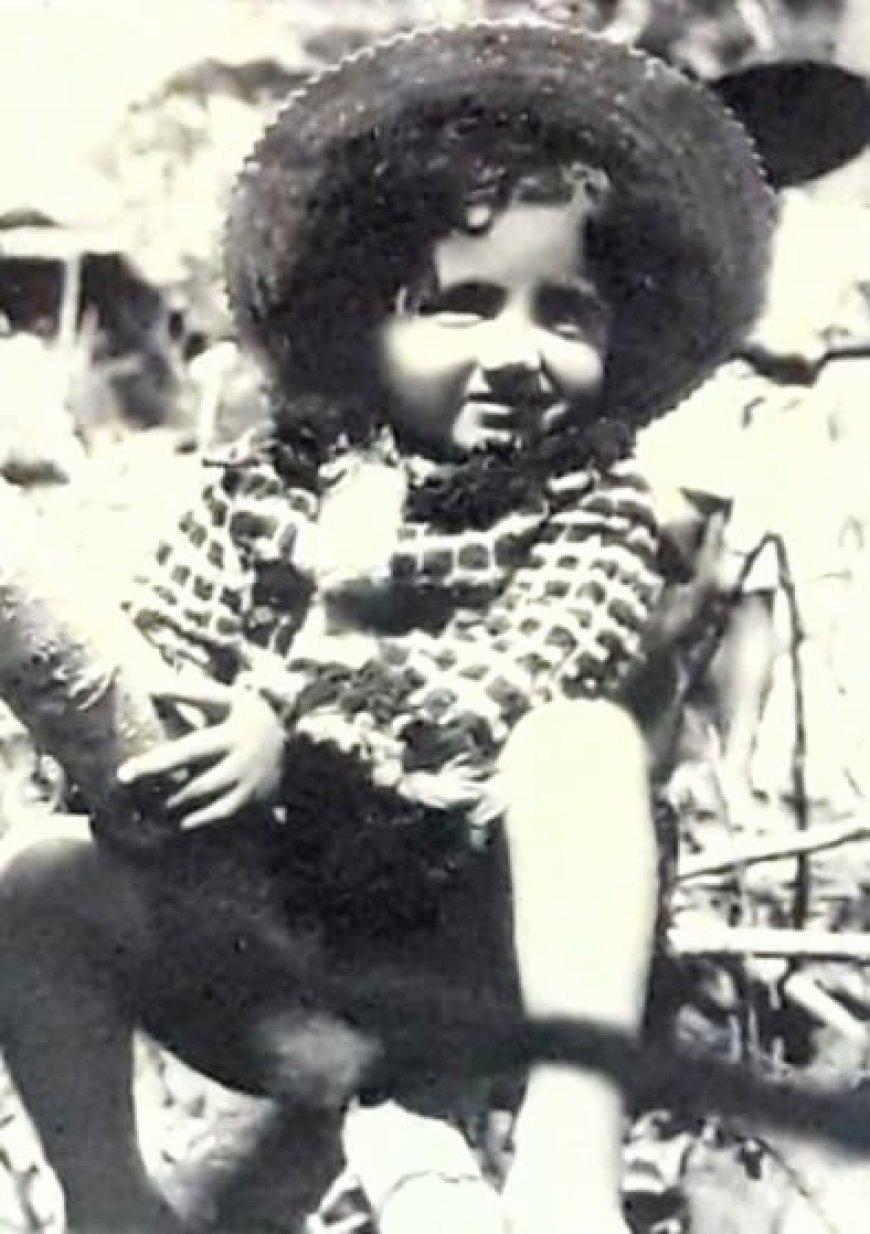
‘Smritir Parash’ became the first Assamese film to feature Hindi songs and a complete traditional Bihu song and dance sequence, which contributed to its widespread popularity and recognition. Brajen Barua’s skilful incorporation of a couple of Hindi songs into the film provided an authentic joy, much like the Bihu song, written by Keshab Mahanta, which also acquired popularity: “O mure dehiti oi, o mure chenaiti oi, chakur jurania, rua kumalia, kailoi melibi thuk”. One of the Hindi songs in the film, “Hei jhalak padi Chandni, behok rahe Ragini” was penned by the renowned linguist and literary figure, Dr. Birendranath Datta. Although the film possesses limited cinematic merits, it effectively demonstrates Nip Barua’s exceptional talent for connecting with and delighting the lay viewer.
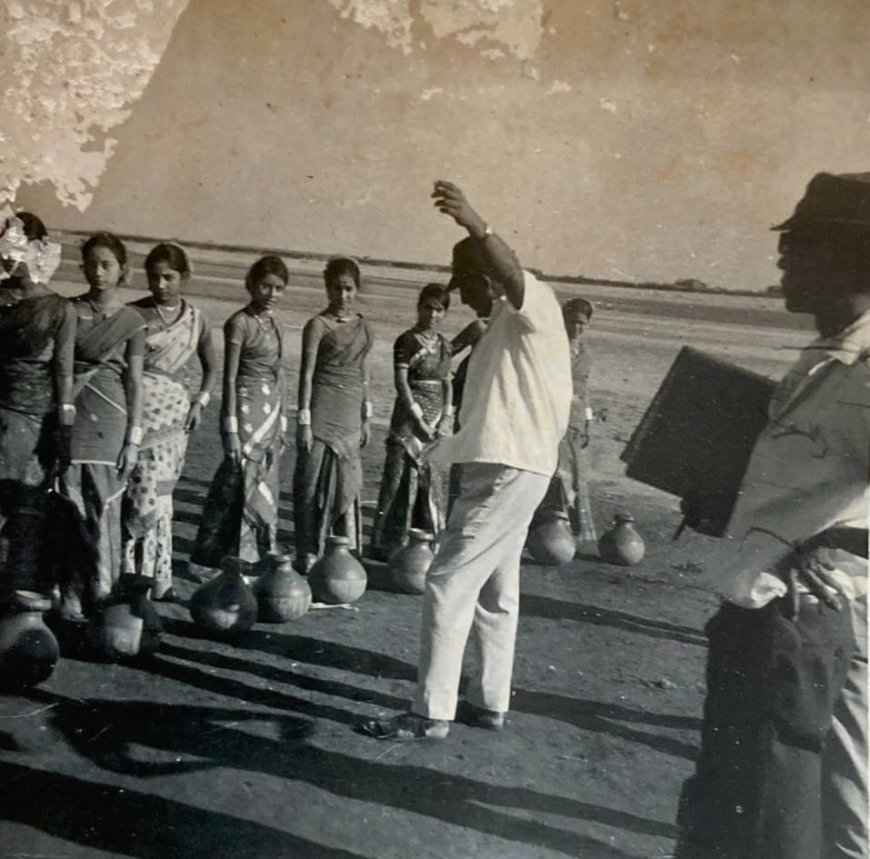
Inspired by the favourable feedback of ‘Smritir Parash’, Nip Barua made his second film, ‘Maak Aru Morom’, in a very short period of time. Released in 1957, the film brought honour to the State when it won the Certificate of Merit at the 5th National Film Awards the same year. ‘Maak Aru Morom’ was produced by Brajen Barua, who also scored the music, under the banner of Barua Art Production. Getting young children to act in this children’s film proved to be an extremely challenging task.
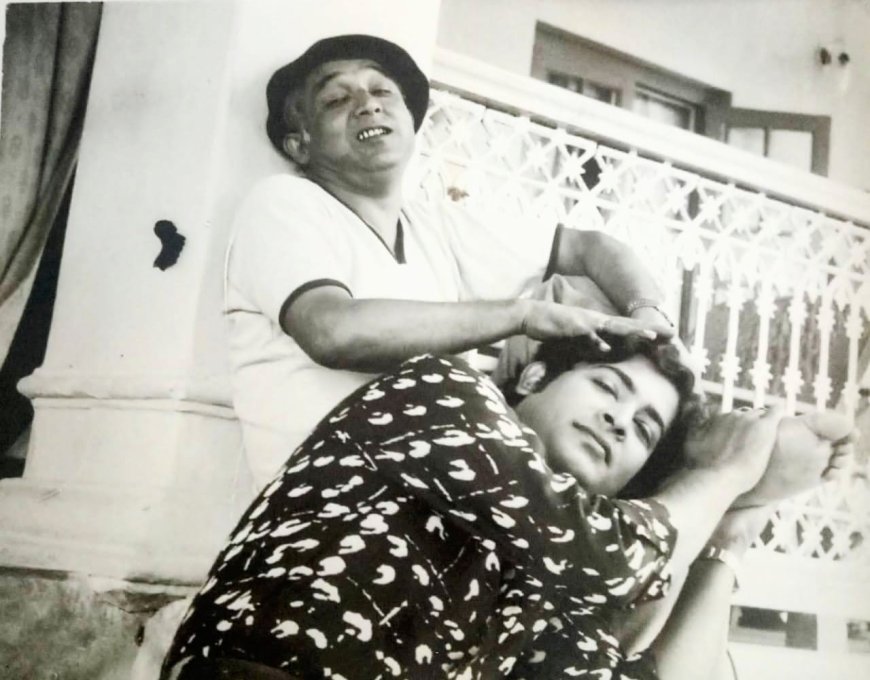
Nip Barua’s third film, ‘Ronga Police’, released in 1958, achieved a historic milestone by receiving the President’s Silver Medal at the 6th National Film Awards in 1959, a first in the Assamese film industry. A socio-political drama that centres around a sincere and honest police officer, highlighting the struggles his impoverished family endures, this film is based on a play of the same name by Ramesh Sharma, which was performed in Jorhat by the ‘Milito Silpi Samaj’, an amateur theatre group, during the mid-1950s. Nip Barua was present in the audience during the performance and was so captivated by the play’s script that he chose to adapt it into a movie. The film was financed by Kanak Chandra Sarmah, a member of the Janambhumi group, who initially expressed reluctance but ultimately agreed to provide financial support after being assured a role in the production. The total budget for the film amounted to Rs 60,000. It was one of the first Assamese films to receive critical acclaim outside of the region. Nizamuddin Hazarika, the film’s composer recognised for his contributions to the esteemed Jyoti Sangeet genre, is a former associate of Jyotiprasad Agarwala. Nip Barua, who also portrayed a character in ‘Ronga Police’, progressively elevated Assamese cinema to a level where films in the Assamese language became a genuine form of entertainment.
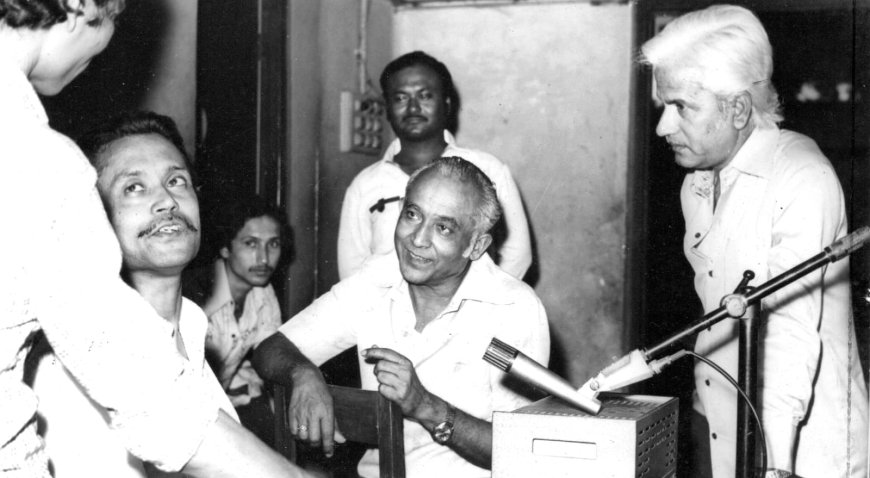
Nip Barua gained recognition as an accomplished director of social dramas, significantly contributing to the commercialization of Assamese cinema. His work resonated with the burgeoning middle-class audience, owing to his compelling narratives and scripts, engaging presentations, and enjoyable music – elements that later became hallmarks of his filmmaking career.
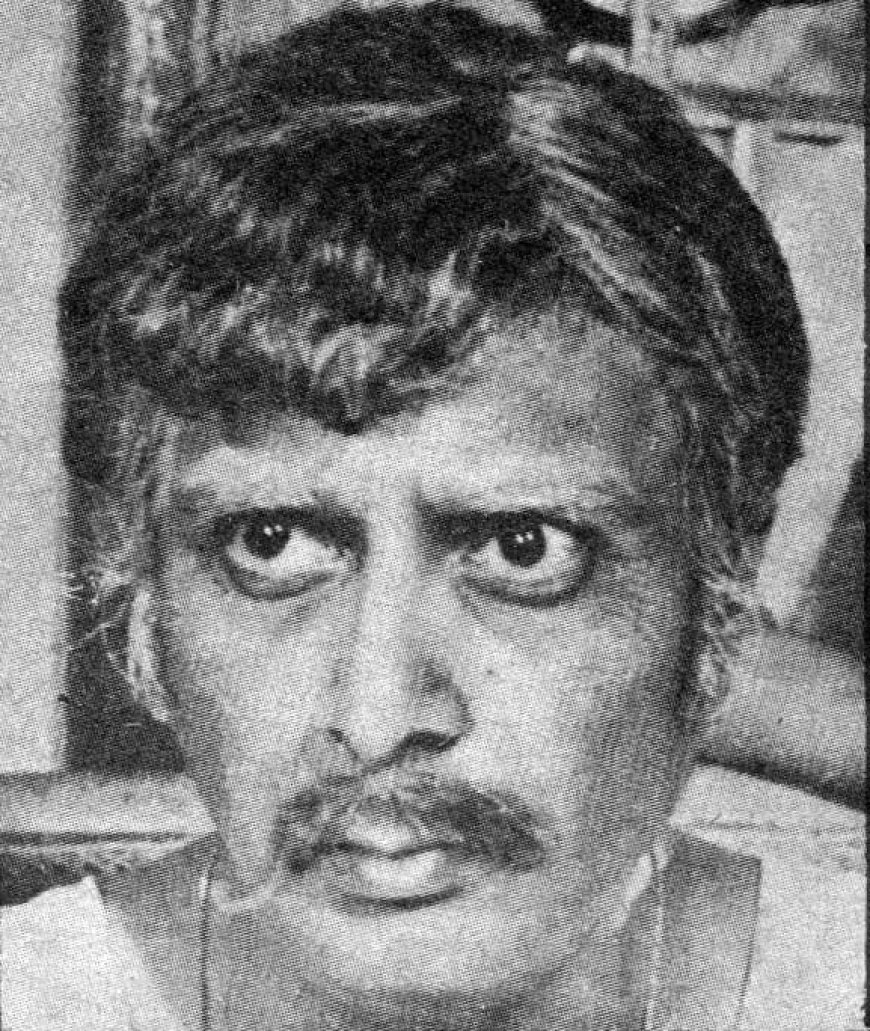
Between 1956 and 1988, he directed a total of 14 Assamese films and 2 Bengali films over a span of 32 years, establishing an unbroken record for the highest number of Assamese films directed by a single individual. Nip Barua’s football skills led Radha Govinda Baruah to offer him the job of a staff artist in the process department of The Assam Tribune press. The original typefaces utilised in the widely circulated newspaper ‘Asom Bani’ were designed by Nip Barua, not the fonts currently in use. The neon signboard over the Tribune office still features those fonts, which were created by Nip Barua. The emblem that he illustrated upon a handwoven phulam gamusa, embellished with elaborate floral designs, has consequently culminated in what is presently acknowledged as the Bihu flag, or Asom Xorai, which functions as a visual embodiment of the profound cultural legacy and customs associated with the Bihu festival. Nip Barua not only drew attention with the Bihu flag but also rendered a significant decision by extending an invitation to the esteemed musician and lyricist, Purushottam Das, to compose the theme song for the Bihu festival. The song evolved into an anthem, echoing in the hearts of every Assamese – “Shrimoyee Asomir, Sitol bukut uthe, Usobor madhu aloron..”.
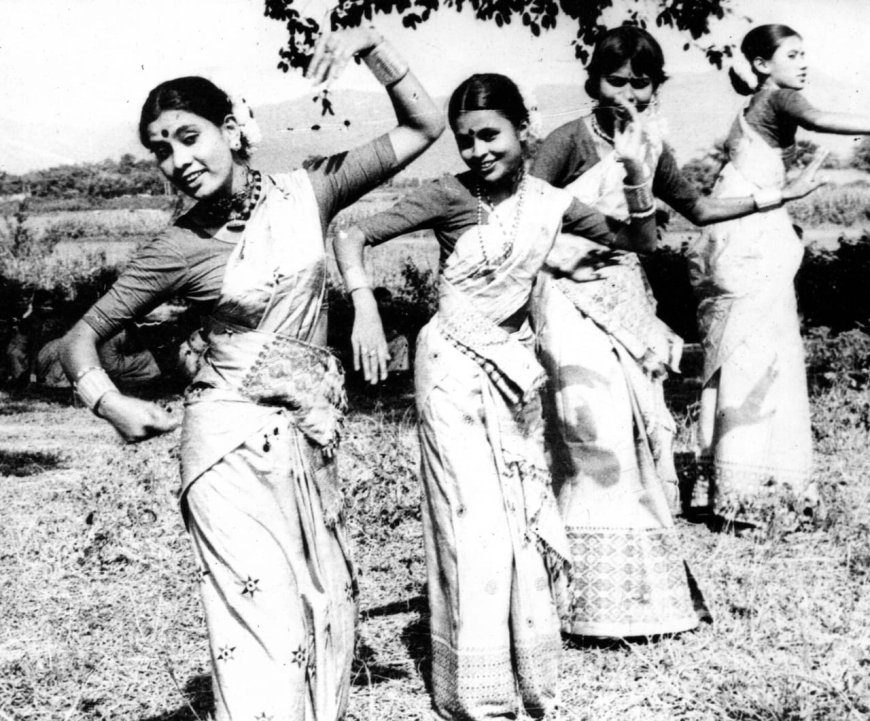
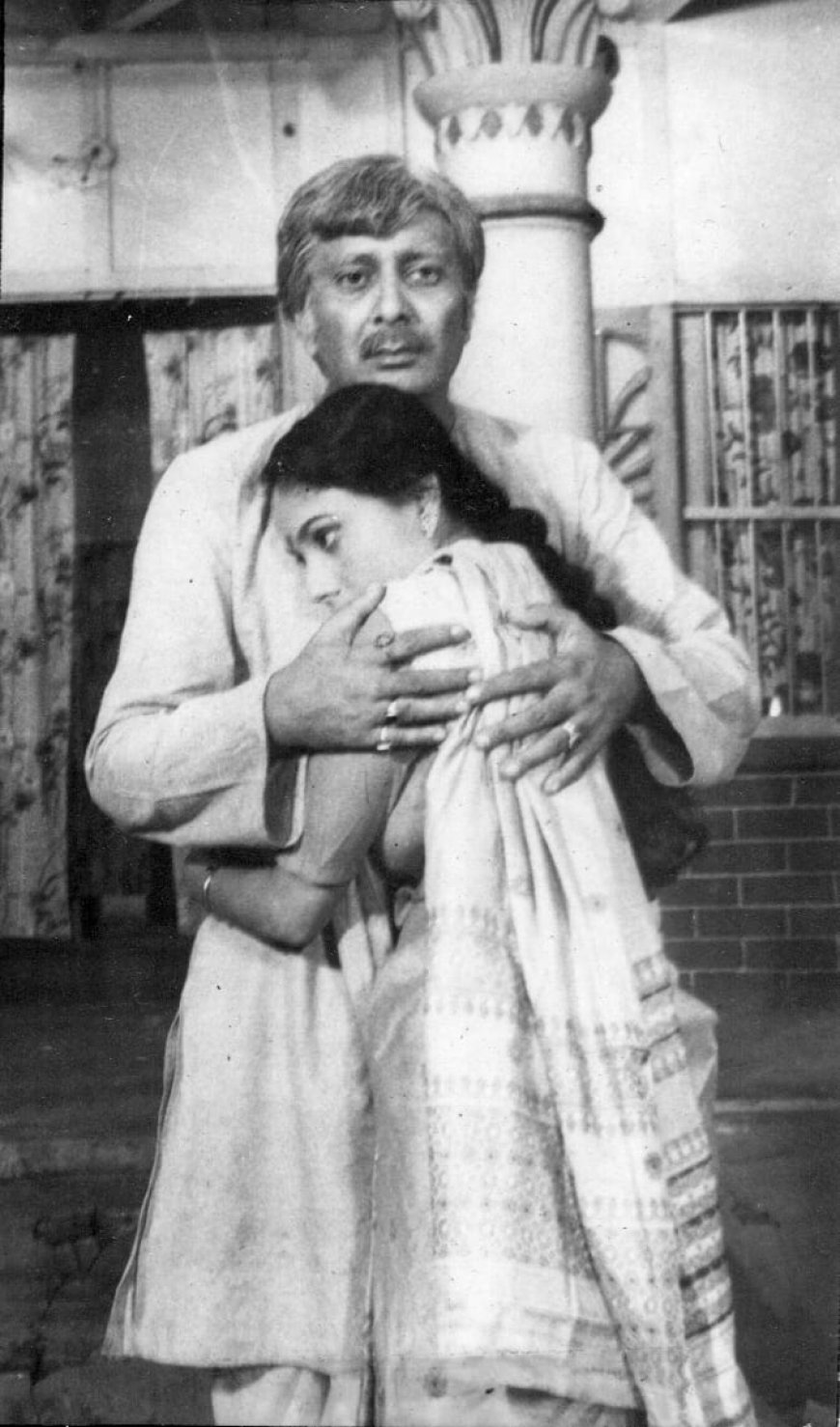
Nipon Goswami and Mridula Baruah in a dramatic scene from 'Kokadeuta Nati Aru Hati'
Nip Barua once produced a substantial number of paintings, having taught himself to draw, and subsequently gained recognition for his artistic work. The early editions of the ‘Pa-Fu’ series featured covers that are among his most renowned artistic works. Each cover was characterised by monochromatic line drawings executed in a single colour and included the Roman letter signature ‘Nipu’ in the corner. He also created the emblem for the Guwahati Bihu Sammilani, the committee responsible for organising the Rongali Bihu celebrations held at the Latasil playground, located in front of his residence.
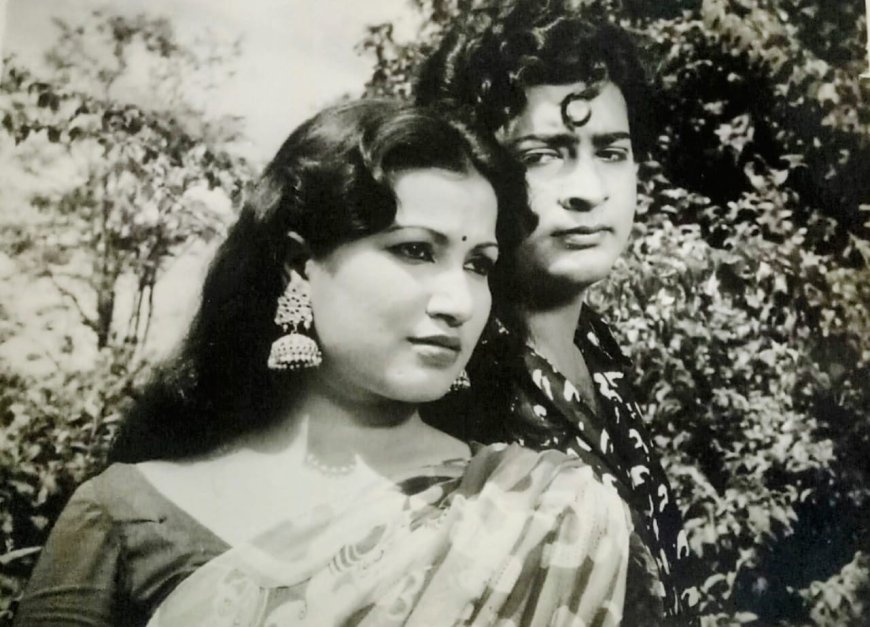
During the 1950s and 1960s, a period marked by a proliferation of Assamese religious films, Nip Barua’s ‘Bhakta Prahlad’ was an important addition to the mythological movie scene. Released in 1958, this film was both produced and directed by Nip Barua.
Grounded in a legendary mythological narrative, his 1962 release ‘Narakasur’ signifies a crucial juncture in Assamese cinema, characterised by its elaborate production design and vivid representation of the fabled royal culture, encompassing opulent sets, elephants, chariots, and swords.
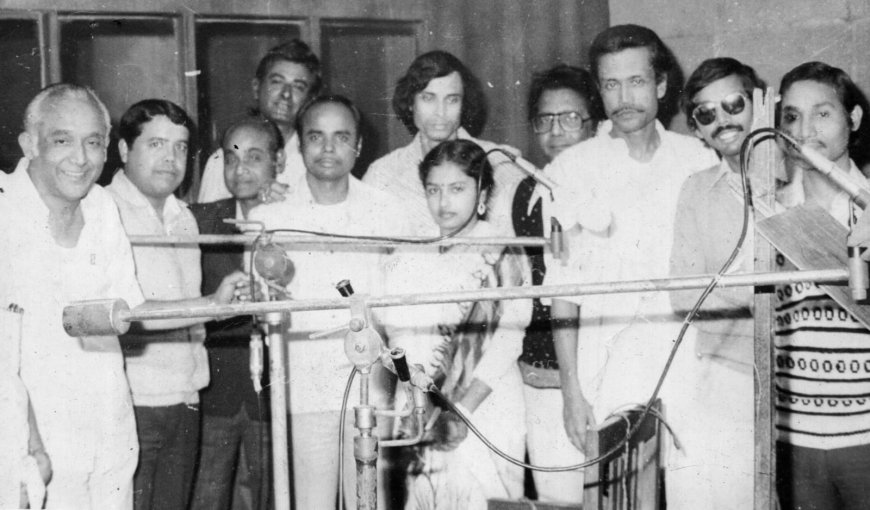
Director Nip Barua, producer Dharmakanta Saikia, Dwipen Barua, singer Kabita Borthakur, Ramen Barua, Jayanta Das (Junti in black goggles) and others during the song recording of 'Sakuntala Aru Sankar Joseph Ali' at the Technicians Studio in Kolkata
Along with the two mythological films ‘Bhakta Prahlad’ (1958) and ‘Narakasur’ (1962), and the two children’s films ‘Maak Aru Morom’ (1957) and ‘Amar Ghar’ (1959), Nip Barua laid the groundwork for Assamese entertainment cinema, directing several commercially successful films, including ‘Baruar Sansar’ (1970), ‘Soontora’ (1973), ‘Soonma’ (1977), ‘Ajali Nabou’ (1980), ‘Kokadeuta Nati Aru Hati’ (1983), ‘Sakuntala Aru Sankar Joseph Ali’ (1984), ‘Antony Mor Naam’ (1986), and ‘Aai Mor Janame Janame’ (1988). Nip Barua himself wrote the story and screenplay for ‘Smritir Parash’, ‘Maak Aru Morom’, ‘Amar Ghar’, ‘Soontora’ and ‘Antony Mor Naam’. He co-wrote the screenplay and dialogues for three films with eminent playwright Mahendra Borthakur: ‘Ajali Nabou’, ‘Sakuntala Aru Sankar Joseph Ali’, and ‘Kokadeuta Nati Aru Hati’.
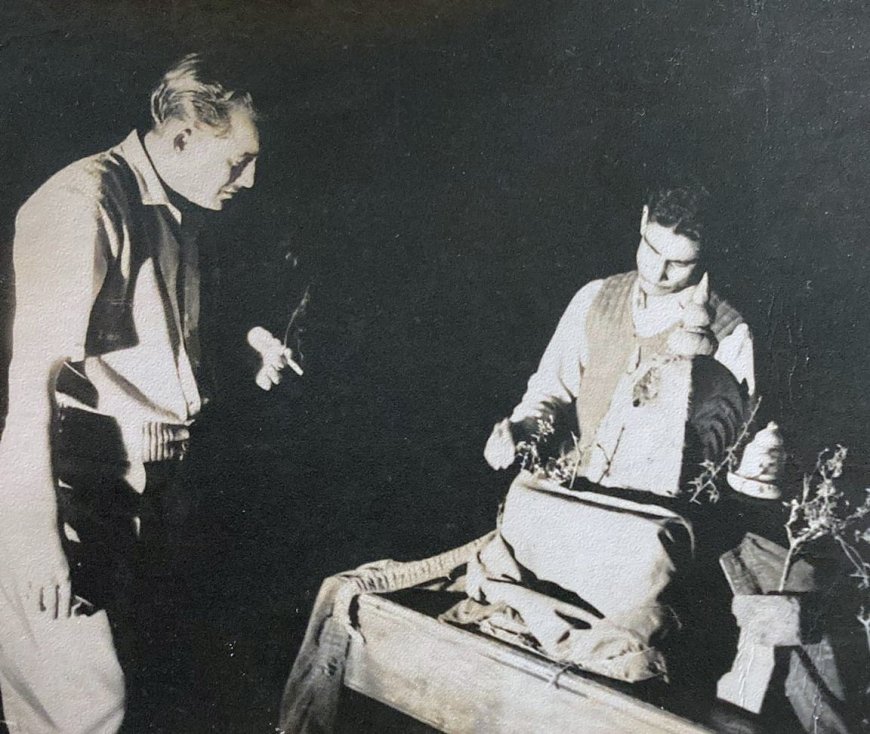
Nip Barua (left) making a few adjustments during a film shoot
Hordes of filmgoers, transported in rented buses and even trucks, descended upon the city to watch ‘Ajali Nabou’, which holds the distinction of being the first Assamese film to be produced in Eastman colour (35 mm), in theatres. The film’s soundtrack, directed by Ramen Barua, produced evergreen hits such as “Chaku meli nesaba, O Ro lagi nesaba”, “Kak bulilu kune nije gaat paati lole sa”, “Dhou tuli nasile buku, Dekhi kar harini chaku”, and “Aandhar raati kun baru toi, Okole phuriso jabi koloi”. The songs were performed by the versatile and highly acclaimed Dwipen Barua, brother of Nip Barua, alongside Runjun Phukan.
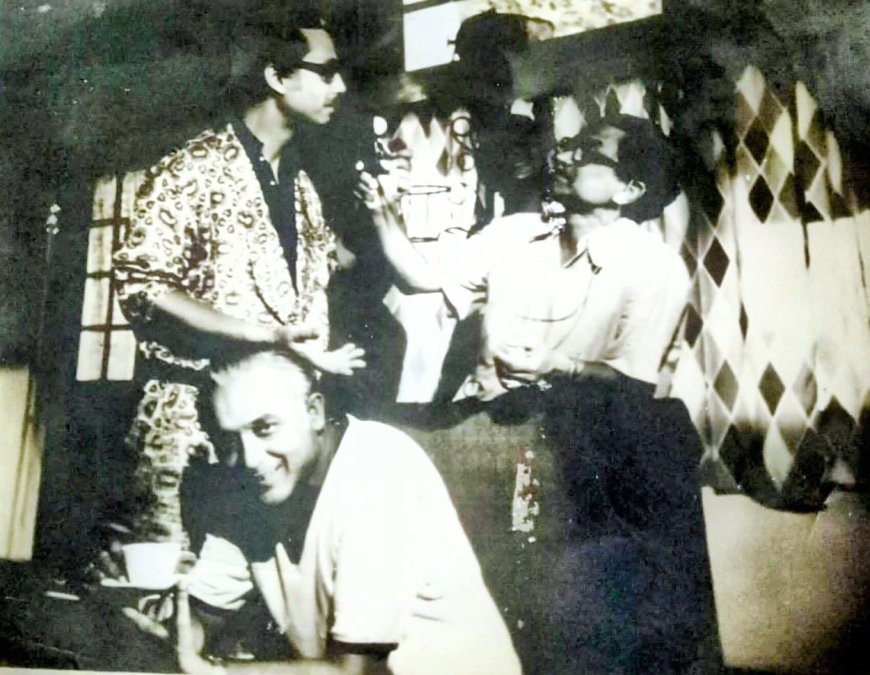
Nip Barua (below) with Nalin Dowerah (left) during the shooting of 'Soonma'
Barua was really ahead of his time when he included a club song in Assamese cinema for the first time in ‘Amar Ghar’, demonstrating his modern approach. The song “Xuna mor jeewanor saaki, swapnabhora jonakor rati” was performed by Brajen Barua, accompanied by Ramen Barua, Purabi Devi and Parul Devi, with lyrics composed by the distinguished litterateur Padma Barkataki, who composed a film song for the first time. The song “Happy Birthday to you” from the movie ‘Baruar Sansar’ is referred to as the first time the ‘Happy Birthday’ song was used in an Assamese film. In a departure from traditional practices, Nip Barua incorporated a complete English song for the first time in Assamese cinema in the film ‘Soonma’. This song, performed by Dr. Jolly Chowdhury, made a notable impact.
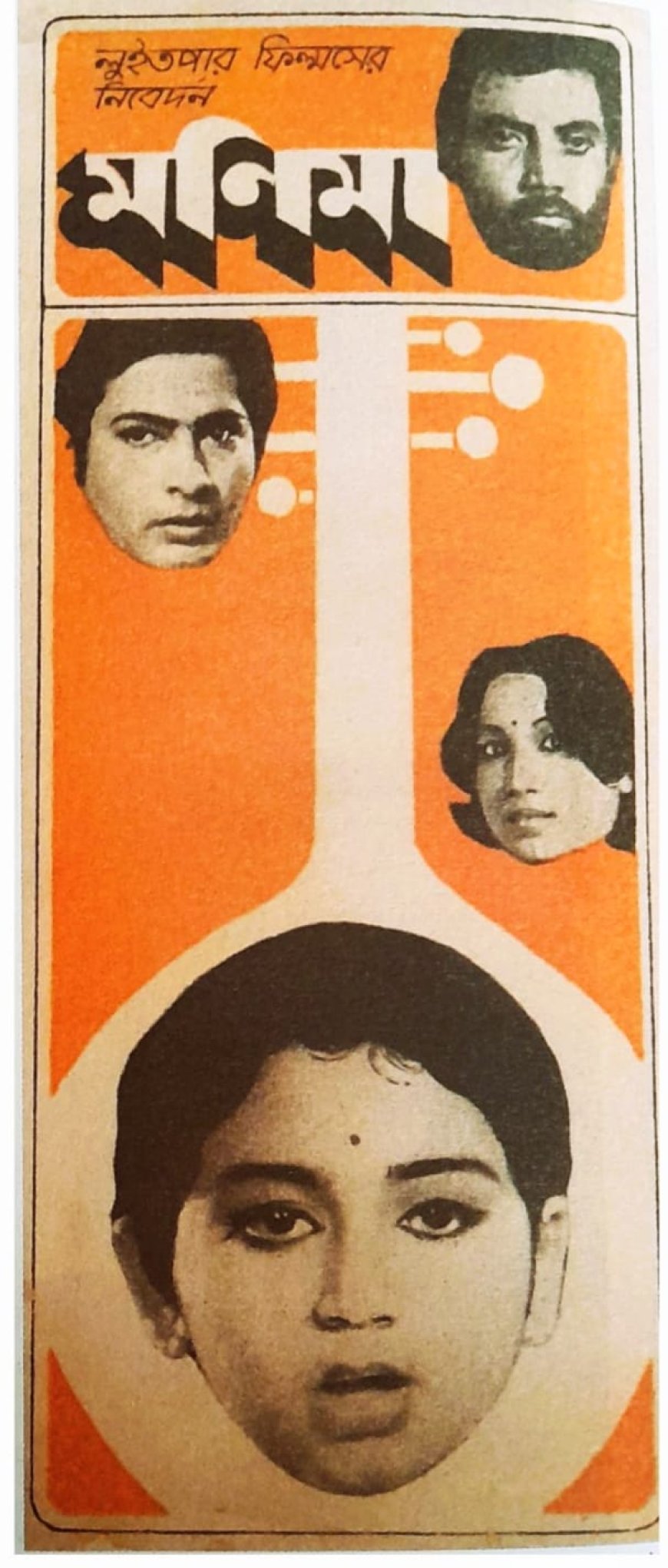
A poster-still from 'Moni Maa', the Bengali version of 'Soonma'
Nip Barua is recognised as Assam’s first filmmaker, who sought to broaden the horizons of the Assamese film market. With that endeavour, he initially dubbed the film ‘Soonma’ into Bengali and released it under the title ‘Moni Maa’. This version was produced by Amalendu Bagchi and featured Assamese and Tollygunge artistes as dubbing performers. It was released in three prints at the Rupabani, Aruna, and Bharati theatres in Kolkata on May 25, 1979. The Bengali adaptation of the hugely popular ‘Kokadeuta Nati Aru Hati’ titled ‘Dadu Nati-o-Hati’, helmed by Nip Barua and produced by Dharmakanta Saikia, showcasing Bengali performers, had its premiere in Kolkata on June 27, 1986, at the same theatres. The sequel to ‘Kokadeuta Nati Aru Hati’ is currently in production under the banner of Pride East Entertainments Private Limited.
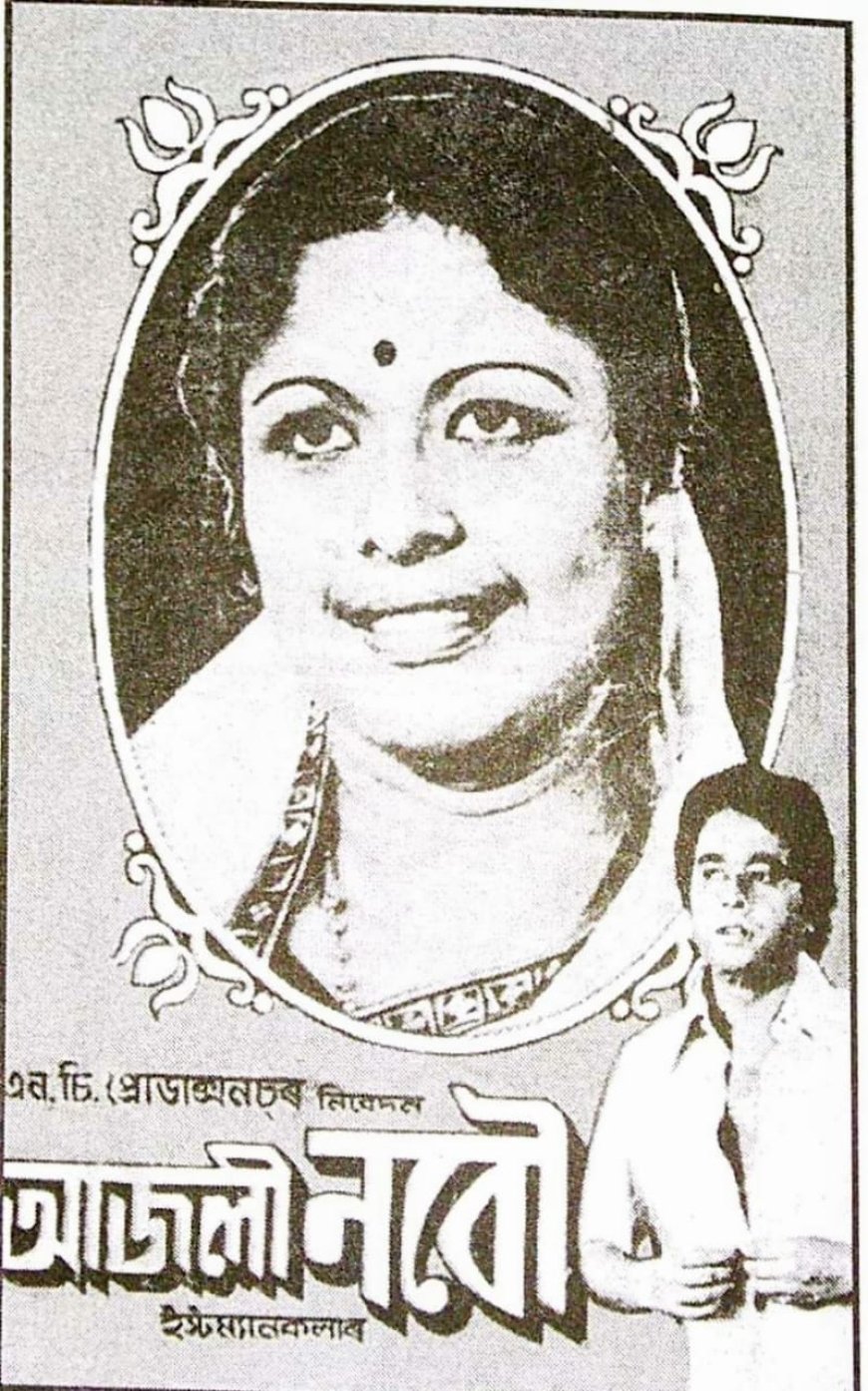
Nip Barua’s academic journey, similar to his wide range of childhood interests, was marked by its multifaceted and diverse nature. After passing out from Cotton Collegiate High School, he briefly attended the Engineering Institute before moving on to study architecture in Baroda. However, he ultimately decided to return and pursue a science degree at Cotton College. He took on a job, leaving his studies incomplete. As he grew older, he quit sports to pursue a career in cinema.
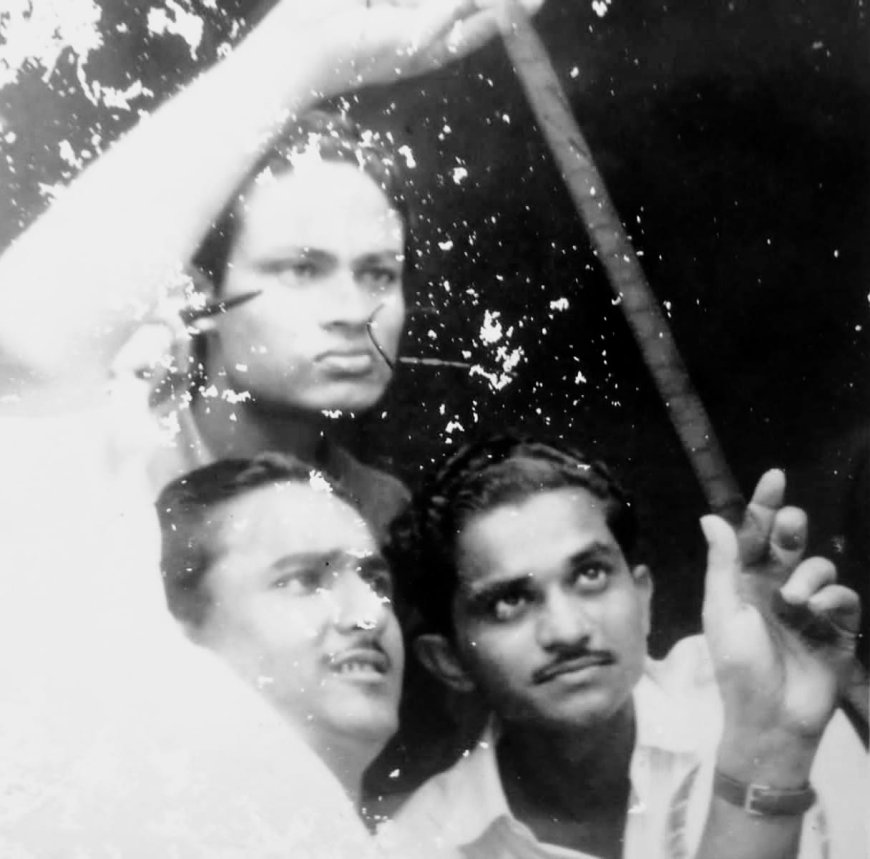
Nip Barua’s films are characterised by their skilful depiction of emotional themes, emphasising family-centric social issues that resonate with audiences of all ages. He never wavered when it came to creating music that seamlessly blended harmonious melodies with exquisitely crafted lyrics. The majority of the songs in his movies were written by Keshab Mahanta. The enduring musical compositions of Ramen Barua significantly elevated the popularity of Nip Barua’s films, including ‘Baruar Sangsar’, ‘Ajali Nabau’, ‘Koka Deuta Nati Aru Hati’, and ‘Antony Mor Naam’, leaving a profound impression on dedicated music aficionados. Nip Barua was aware of the significant costs associated with film production, which prompted him to approach every aspect of his work with careful and detailed planning. Barua felt that he would have valid grounds to direct his next film only if he could reimburse the funds invested by the producer. His main priority was to ensure the film’s commercial success, and he demonstrated that this could be accomplished without compromising his distinct artistic vision.
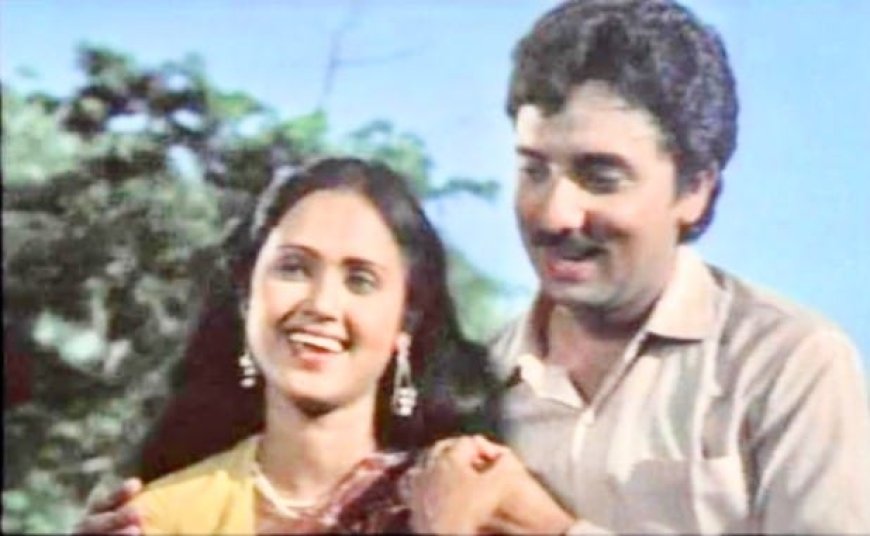
What's Your Reaction?







